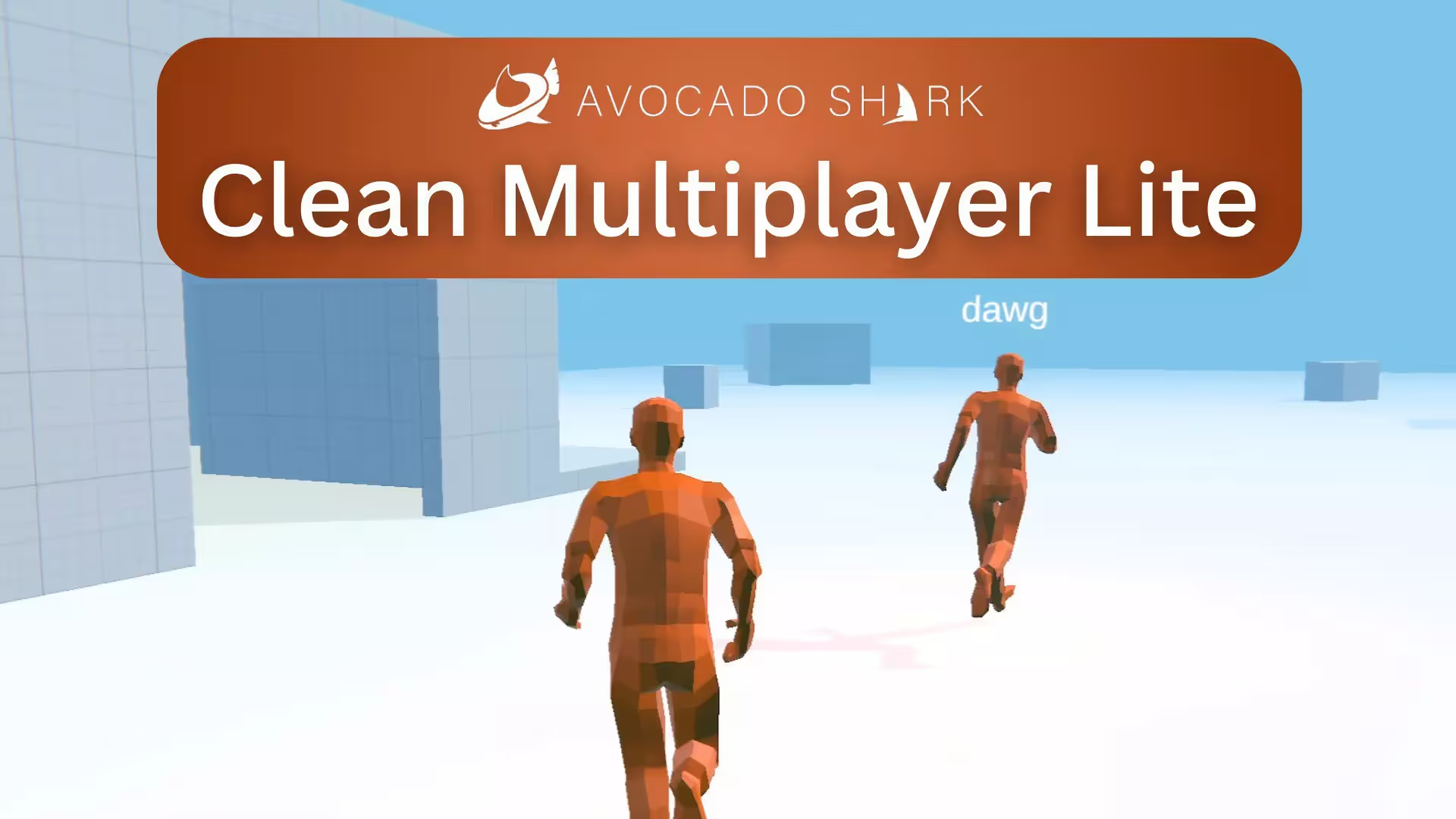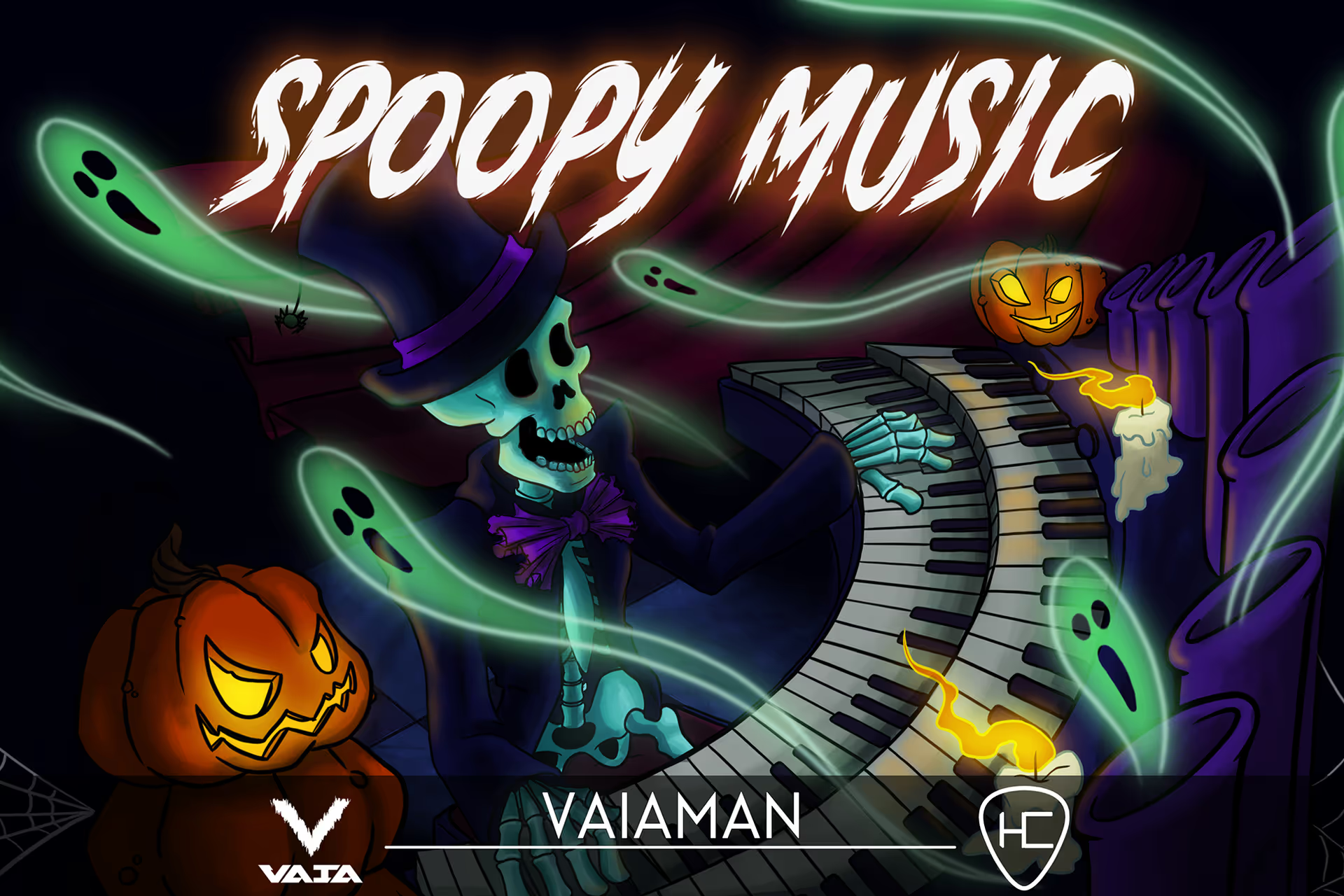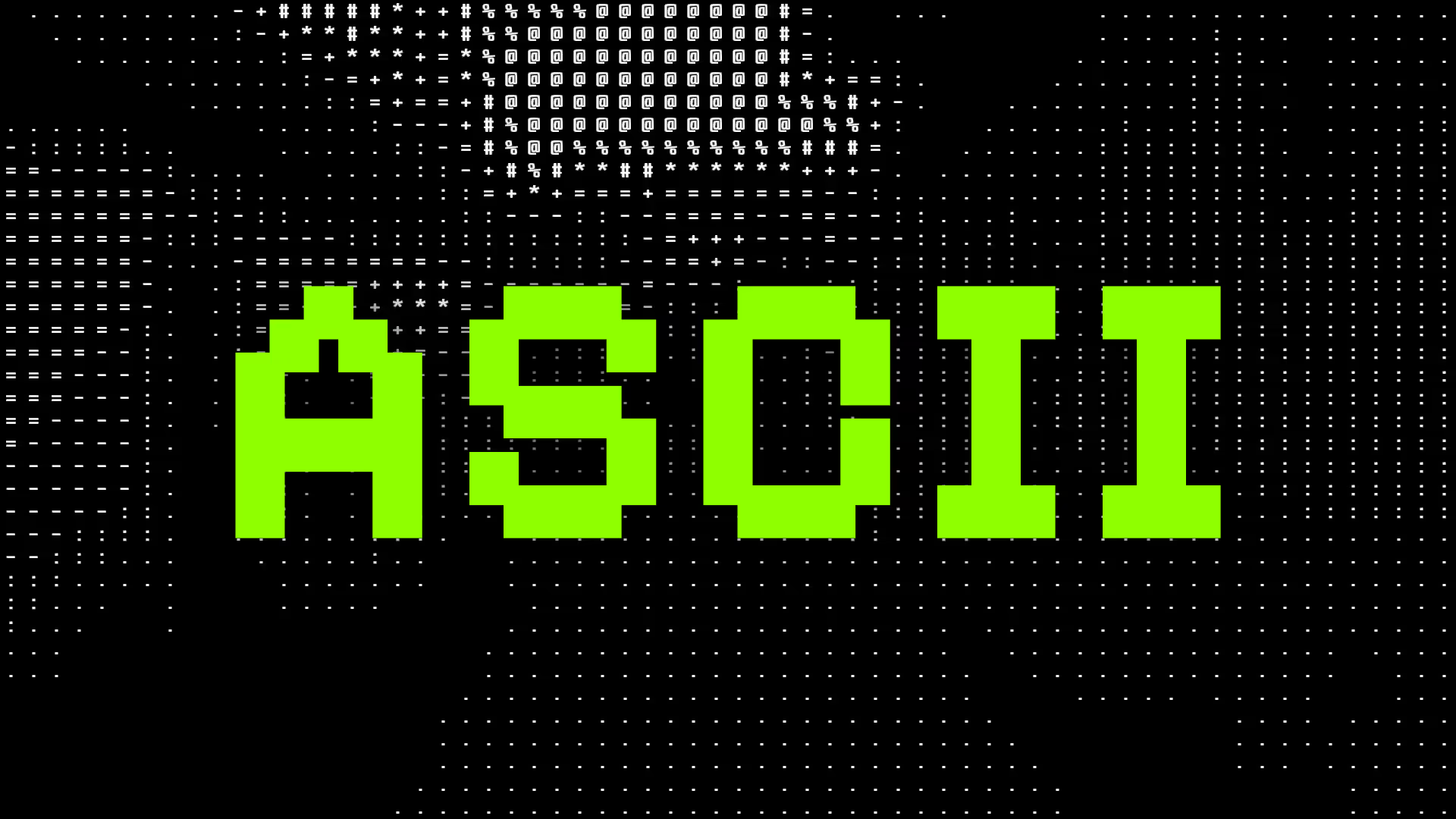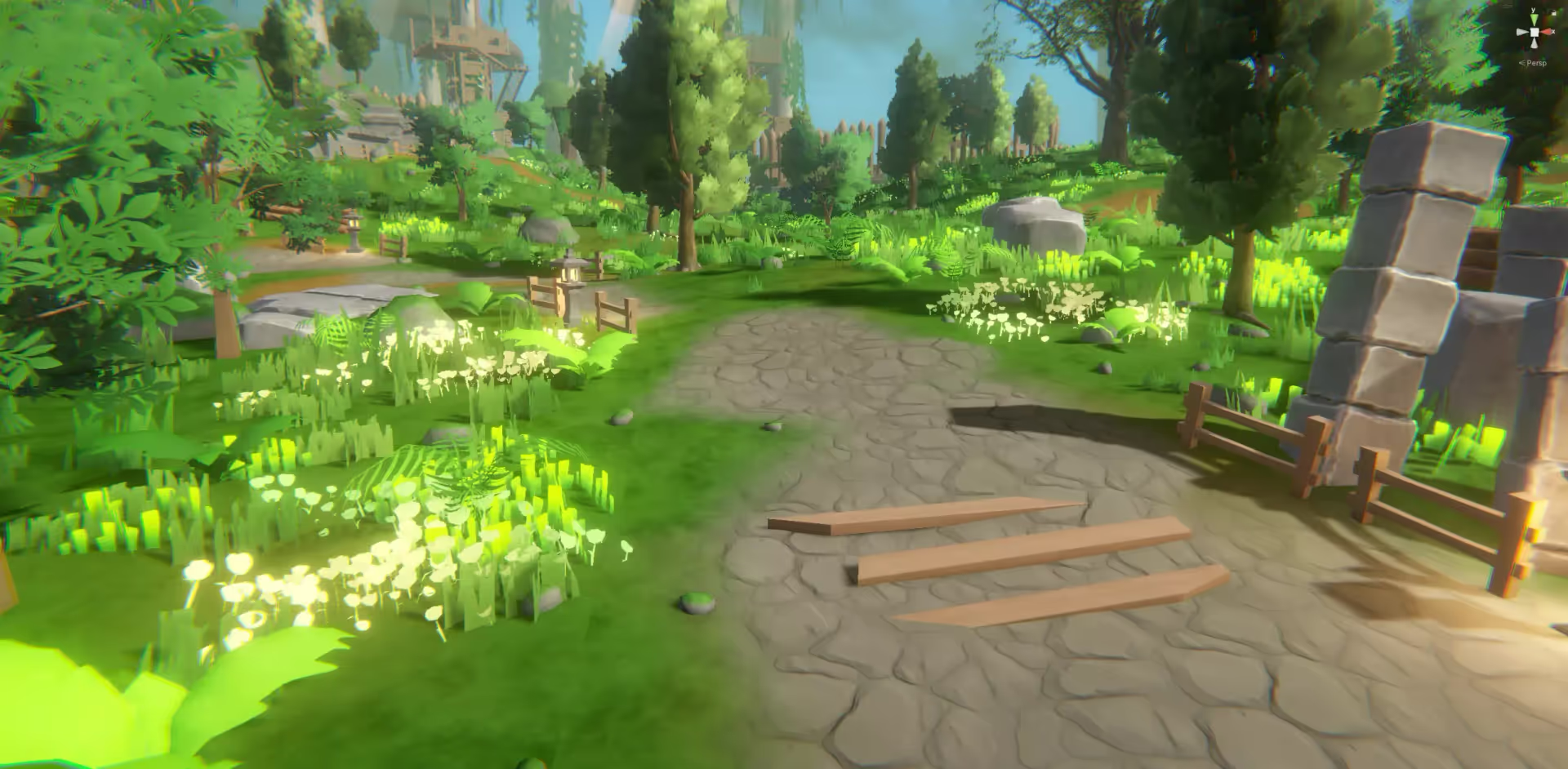Post-Launch Marketing: How to Market Your Indie Game Post-Launch
Introduction
You’ve built your game, made it look so beautiful and fun to play, prepared a rounded-up pre-launch marketing strategy, and excelled a wonderful launch. Everybody’s happy. But, you’re probably wondering: now what?
You want this game that you’re so proud of to have a long-lasting success, maybe even hit that viral benchmark. Basically, you want more people to play your game.
If you’re new here, we’re OccaSoftware, and we make the most beautiful, easiest-to-use tools and assets to help you build great games, even if this is your first time.
So we know a thing or two about gaming, and game-marketing.
In this blogpost, we’ll share with you six strategies that you can apply to sustain your game’s success post-launch.
📄 Resources:
Consistent content updates
Start with the game itself. To keep your game interesting, it’s important to make regular updates to the content. This may include fixing bugs, introducing new features, releasing expansions, and creating updates for mobile devices.
Doing this lets you keep your players engaged and excited about the game. It’s also a good idea to schedule announcements about upcoming updates, which can help build a strong community that appreciates your commitment to improving the game.
Engage with your community
When building a community, consistently connecting with them through various platforms such as forums, social media, and Discord is essential. Listening to their feedback and providing them with regular updates that give them access to your game’s world beyond the game itself are important elements in building an engaged community. Moreover, remember the power of being responsive in your customer relationship management, as this creates loyalty and trust.
With a supportive and engaged community, players become your greatest advocates. They will not hesitate to spread the word about your game through personal recommendations.
Special events and limited discounts
Introduce time-sensitive content like seasonal events and limited-time offers. These types of events can create a sense of urgency and excitement, which fuel engagement. However, maintain a balance between limited-time content and long-term gameplay for a better satisfying experience for players.
Performance analysis and optimization
Your launch has gone on for a while, it’s time to get nerdy with some post-launch analytics. By keeping an eye on metrics like:
- How long do players stick around,
- How much do they spend in-game and,
- How often they come back to play,
You can gain valuable insights about your player’s behavior. Try A/B testing to experiment and optimize your post-launch strategy based on what you’ve learnt, and adapt your marketing strategy to engage your audience better.
At first, it’s good to make an effort on various marketing methods so you have a full-rounded insight on what’s worked and what’s not. Don’t be afraid to make mistakes along the way!
Cross-promote your game with influencers and partnerships
Make use of collaborations. We recommend working with other developers, content creators, or influencers to help promote your game. By cross-promoting your game through social media and organizing joint events, you can introduce your game to new audience. You can also attend industry events to seek potential partnerships and tap into established communities.
Long-term monetization strategies
Find a good balance between free-to-play and premium content. It’s important to monetize your project effectively to keep your game sustainable.
Consider in-game purchases and subscription models to do so. Remember to regularly evaluate and adjust your monetization strategies based on how they’re performing and adapt it to the latest market trends. Keep in mind your game’s average revenue per user while evaluating your game’s financial performance.
Conclusion
With an active community, a holistic marketing strategy, and a not-afraid-of-failing attitude, you’ve ticked the first boxes for sustainable indie game success.
Stay committed and extra focused during the process. Remember that developing a sustainable indie game success is a marathon, not a sprint.
It’s time to let people know what a great game you’ve built. Don’t let your hard work go to waste!


.avif)


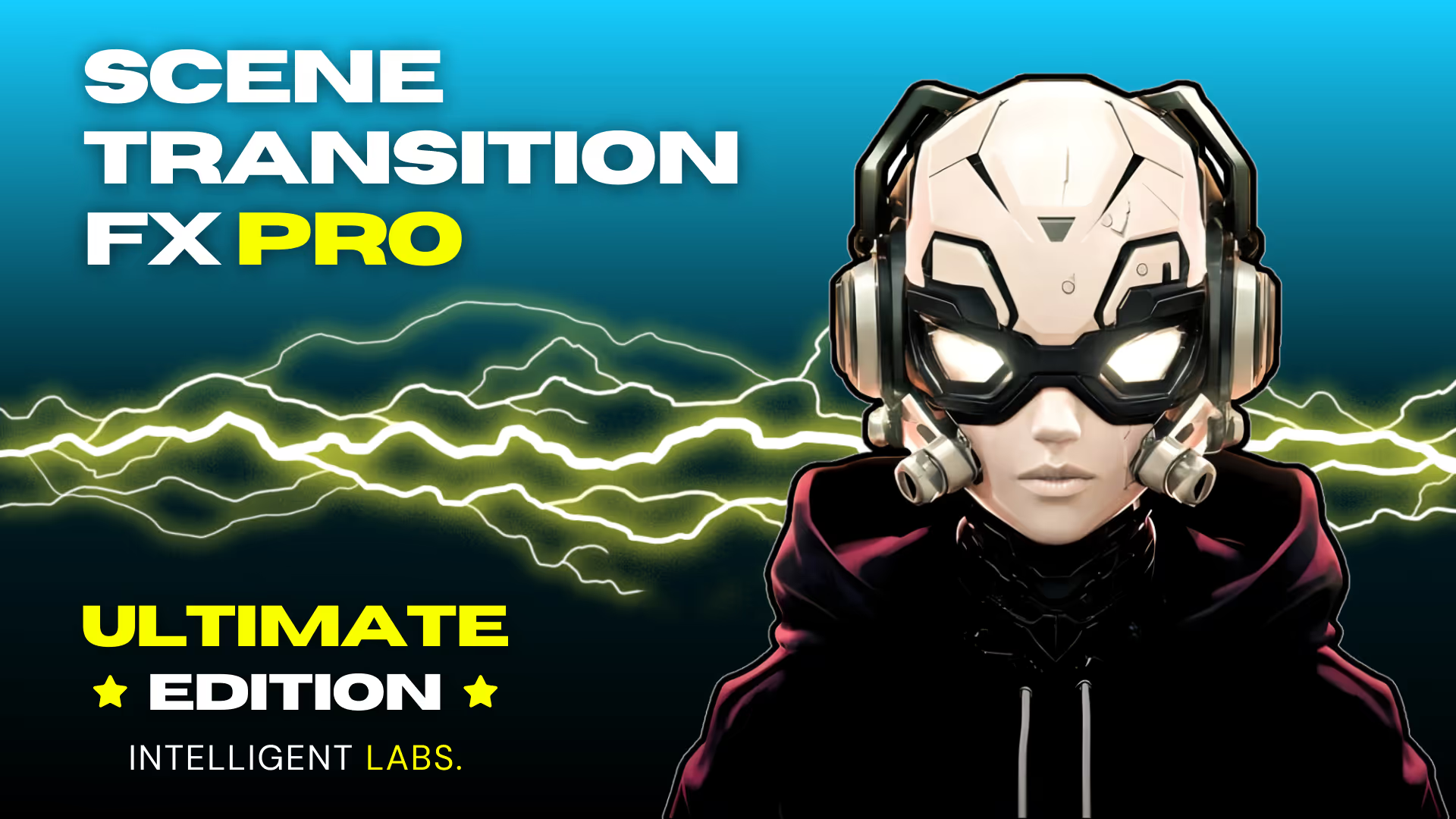
.avif)
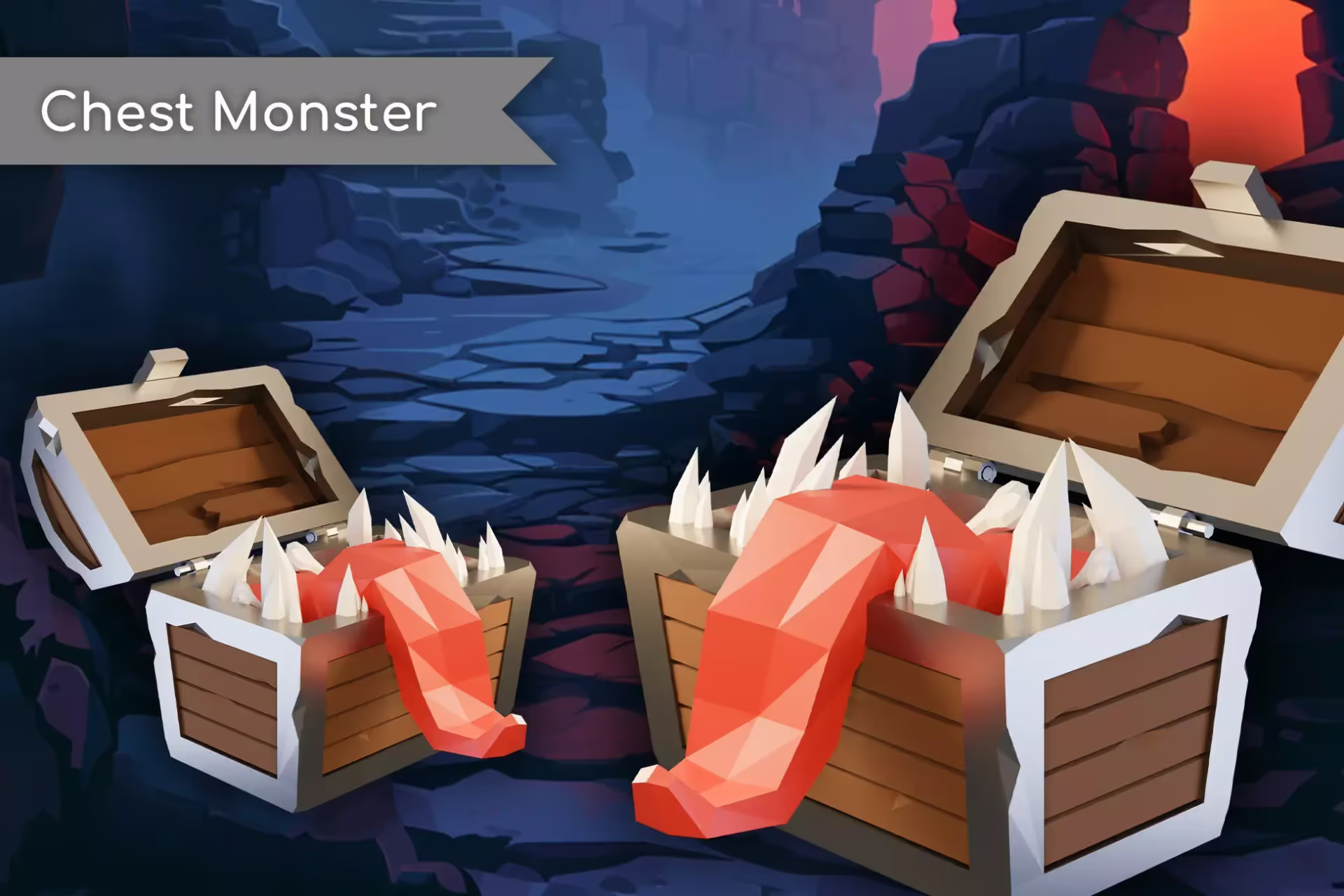
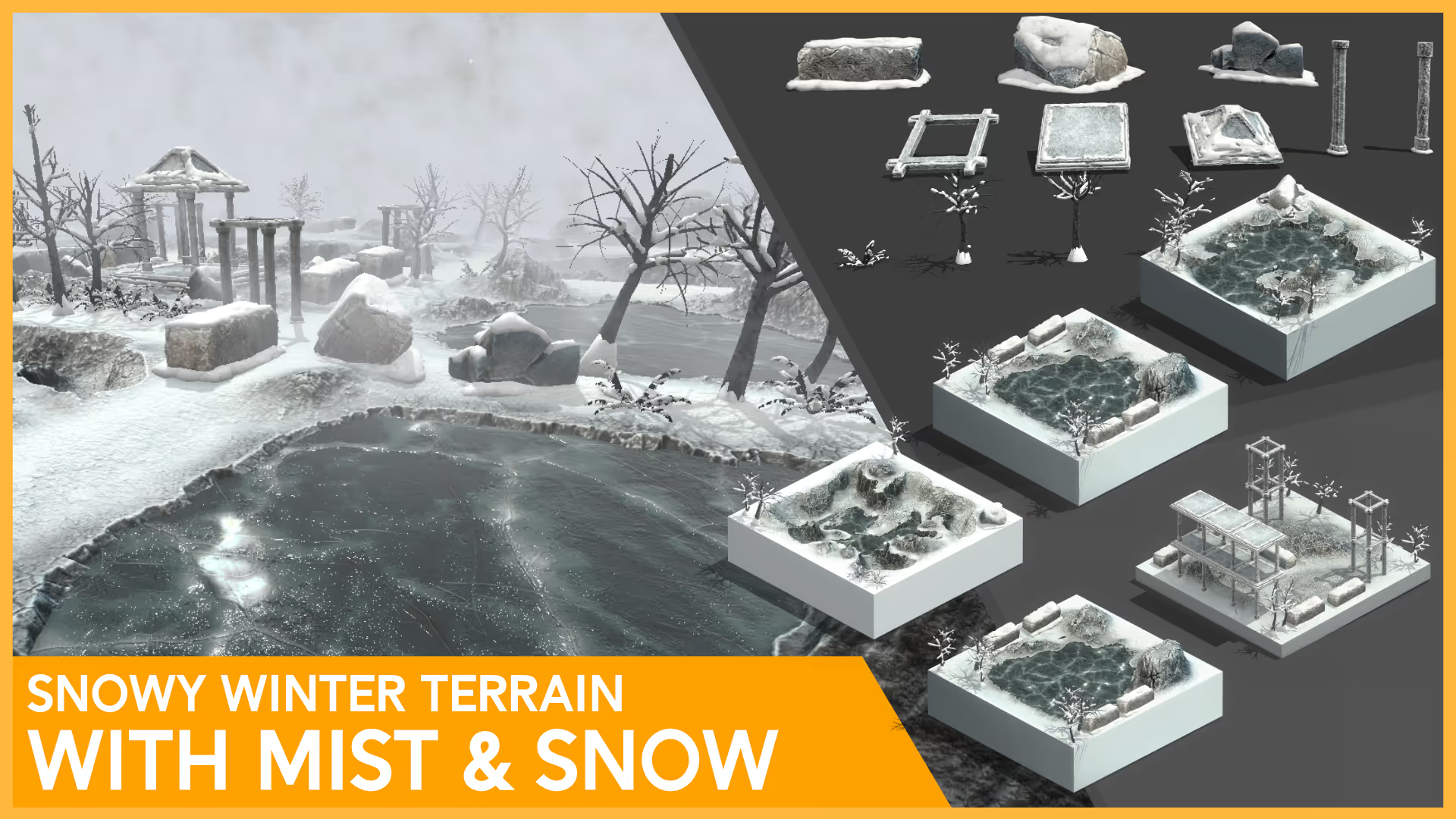
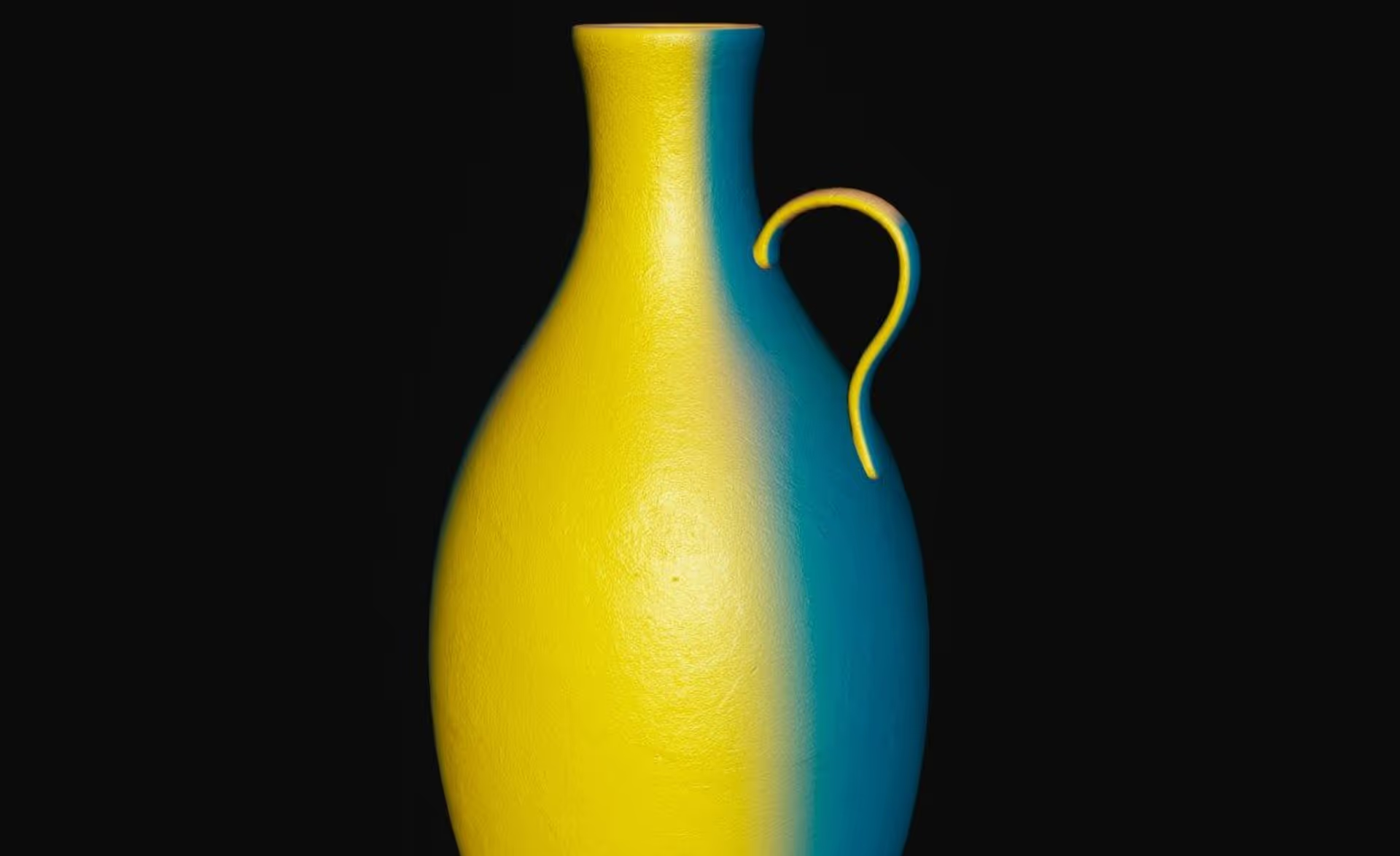
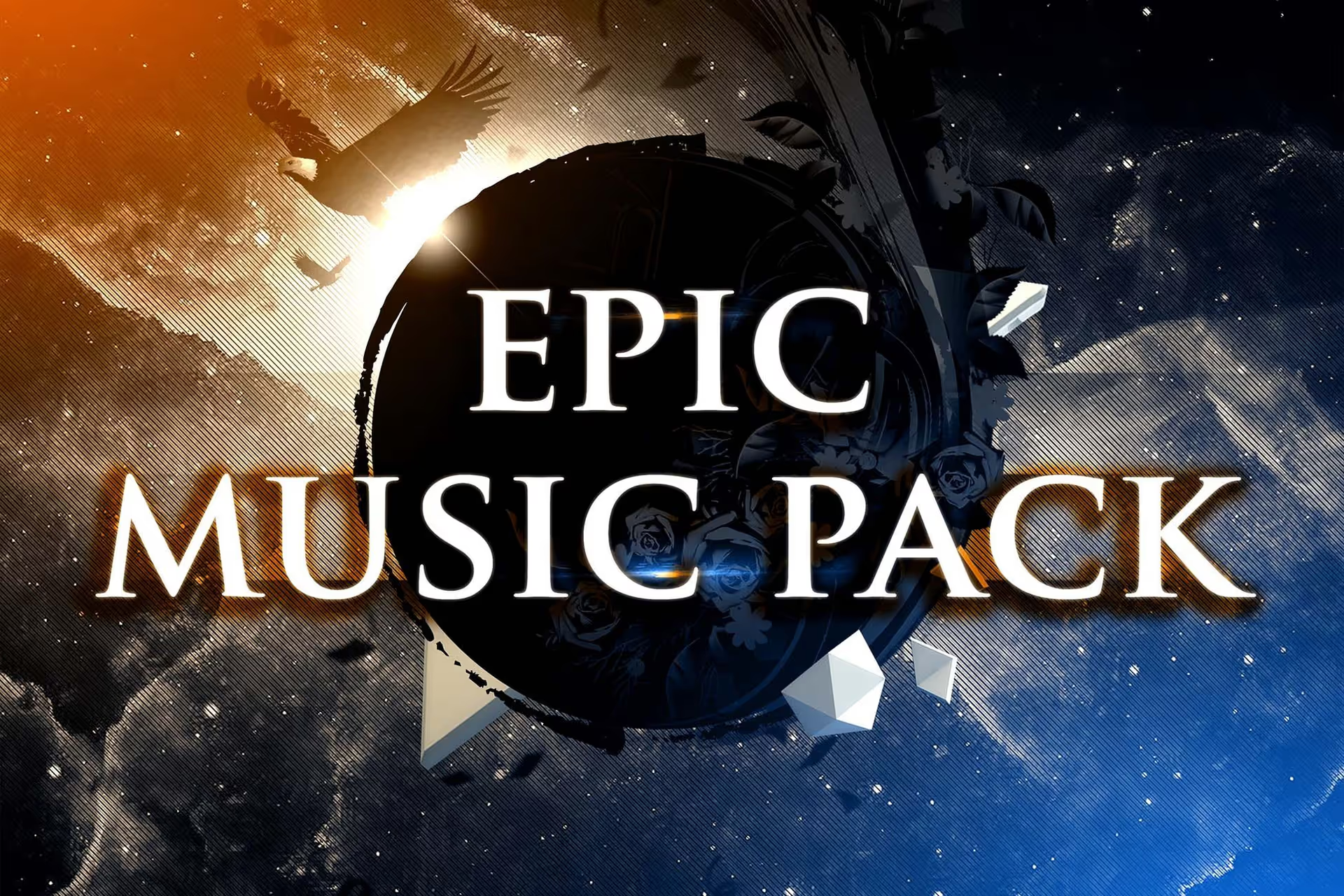

.avif)

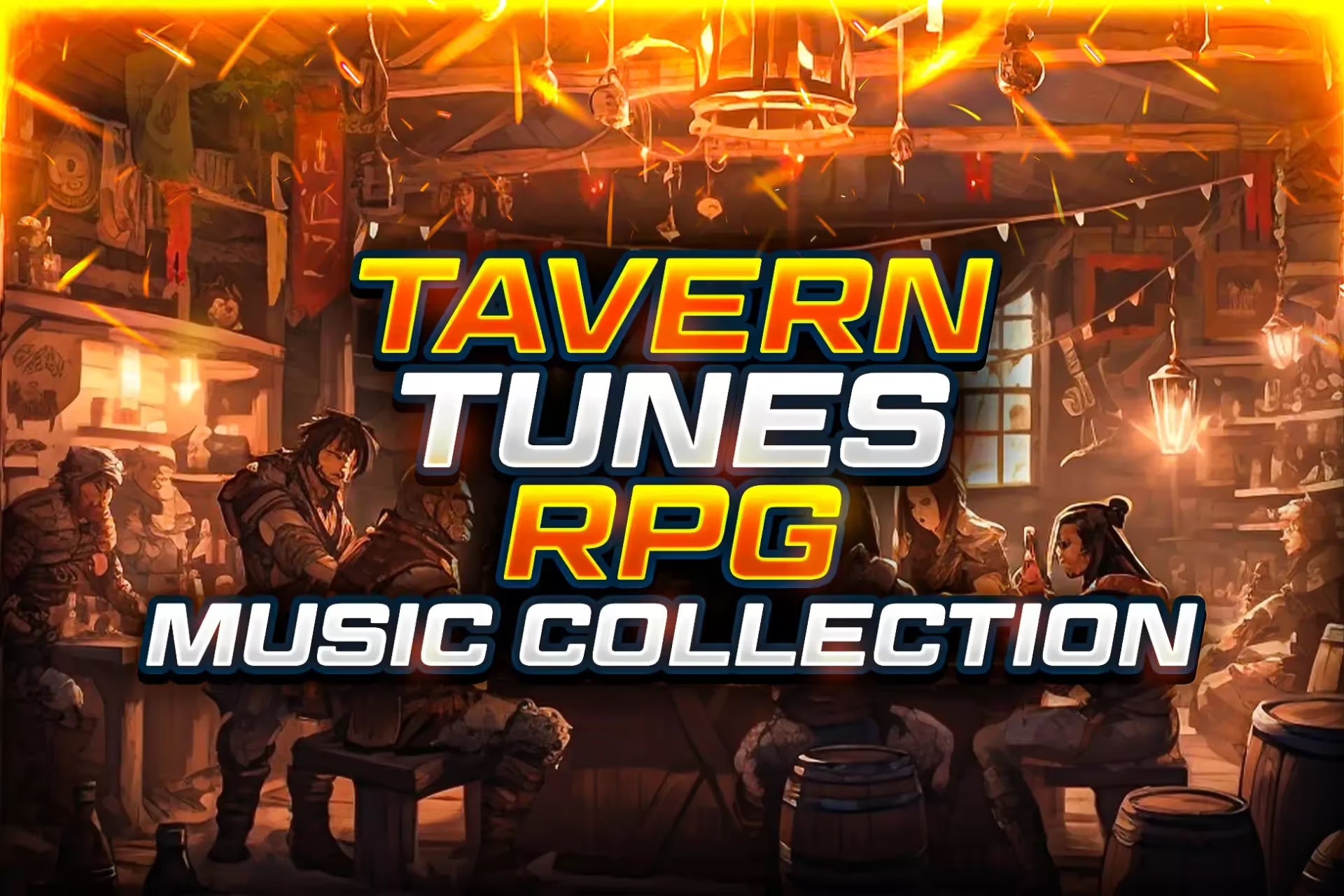
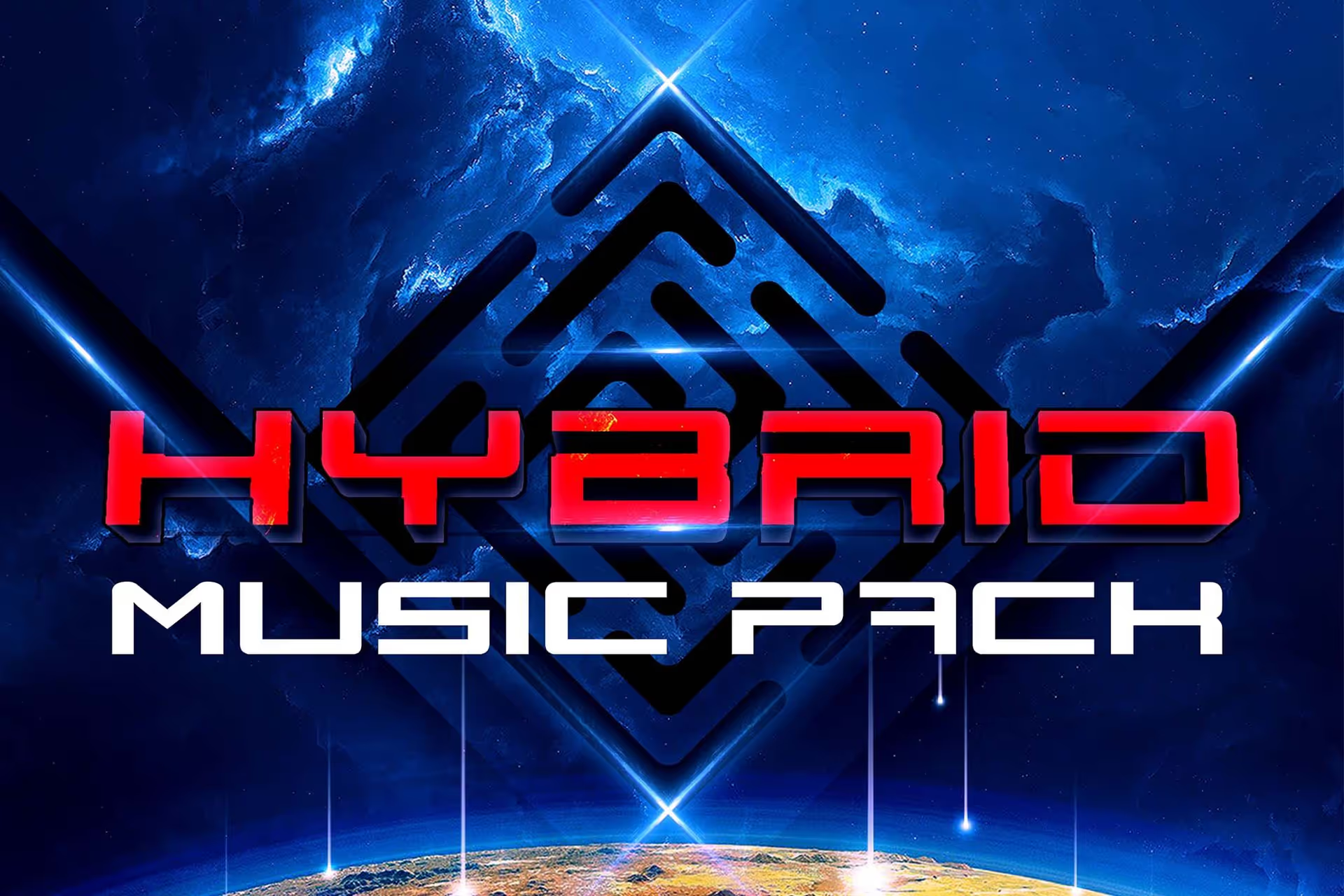
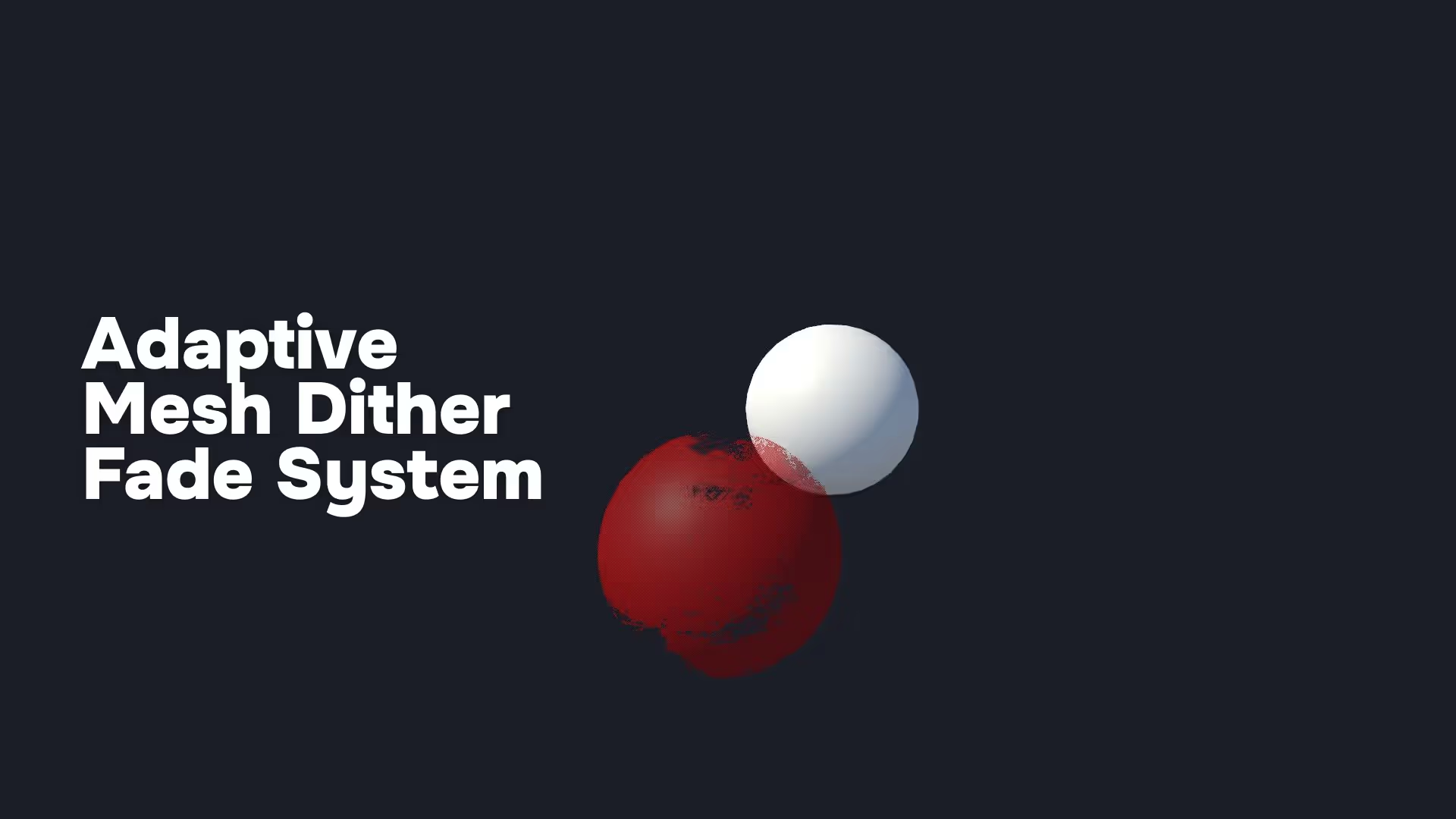



.avif)
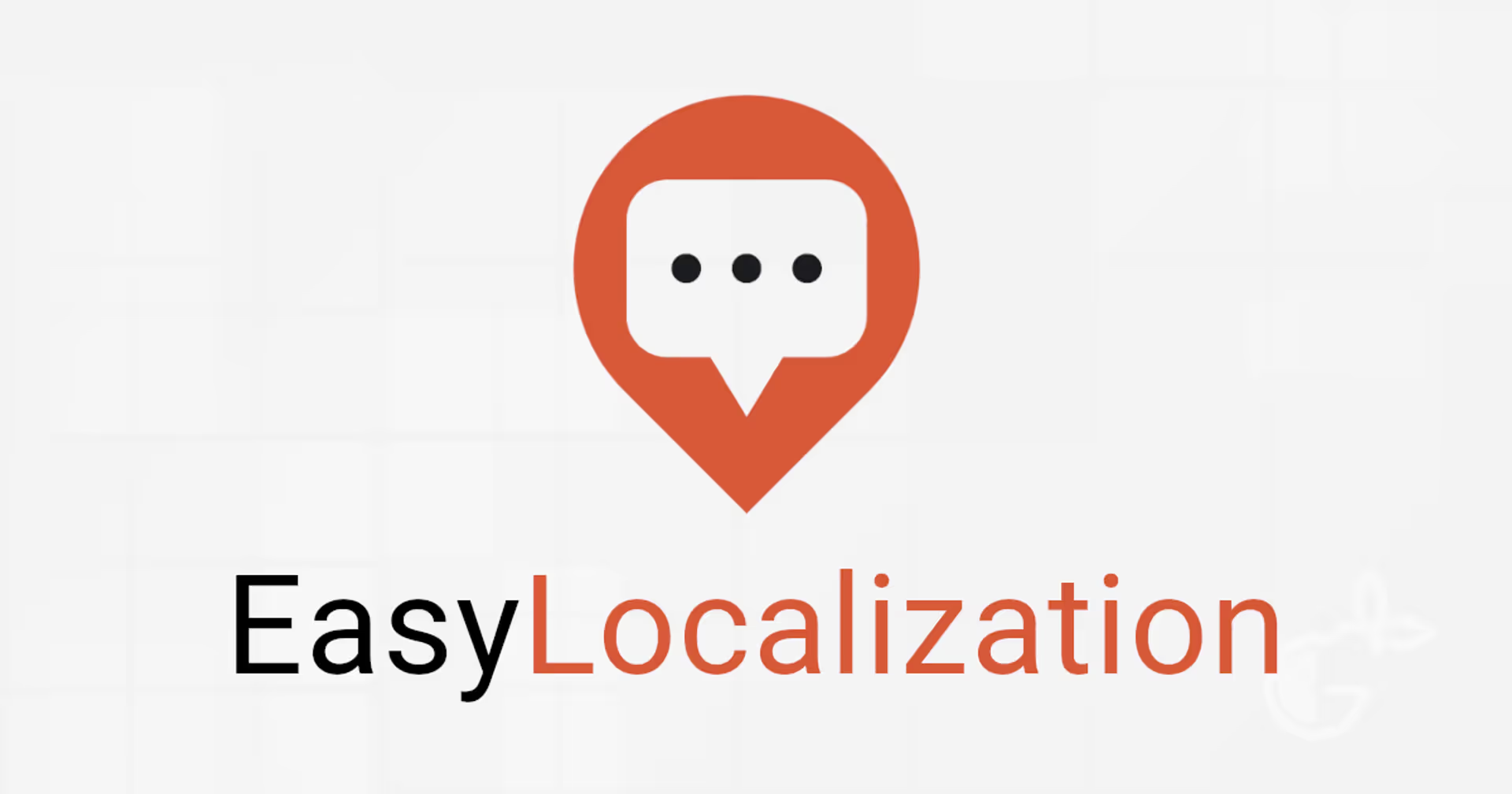
.avif)
